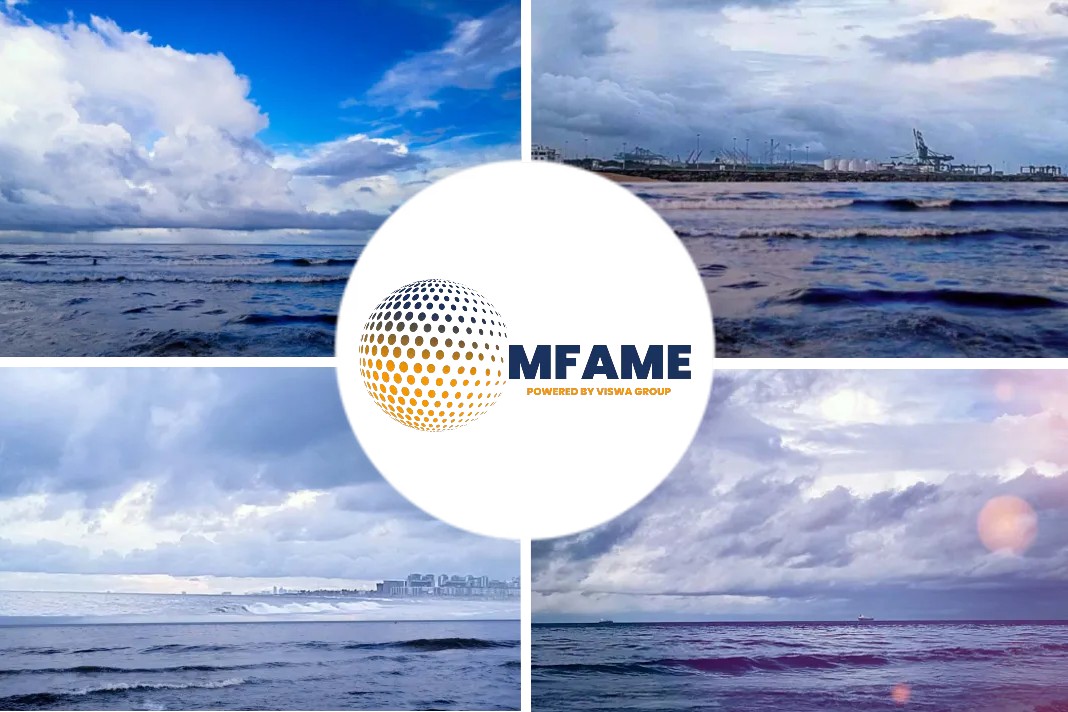A set of draft guidelines due for final validation at MSC 101 in June, 2019 will address a number of concerns and will also reflect a new regulation philosophy that promises more flexibility, reports Tanker operator.
IMO draft guidelines for approval
While in the past, IMO and other regulatory bodies typically issued regulations in response to incidents, the trend today is to be proactive while pursuing a goal-based regulatory approach that defines what should be achieved, rather than how to achieve it, DNV GL said in an industry note.
This provides flexibility for designers to reap the full benefits of advanced technology. A number of IMO draft guidelines, which are subject to approval by MSC 101 and will likely enter into force on 1st January, 2024, will take this approach:
One example is the mooring operations, which involve hazardous activities. IMO has therefore reviewed and amended the relevant SOLAS requirements and drafted new and revised guidelines for new ships; the inspection and maintenance requirements for mooring equipment, including lines, are expected to be applied retroactively.
Another example is the Polar Code, which has been in force since 2017. This was just the beginning: IMO has developed recommendations for navigation and communications equipment, as well as for life-saving appliances for ships operating in Polar waters, DNV GL said.
Environmental factors addressed
This new guidance document addresses environmental factors, such as Polar temperatures, mechanical shock testing to withstand icebreaking situations, ice accretion and battery performances in cold temperatures.
Furthermore, the guidelines for life-saving appliances and arrangements (LSA) outline recommendations for mitigating hazards based on assessment criteria, such as maximum expected time of rescue, operation at Polar service temperatures, operation in ice, ice accretion of life-saving appliances and arrangements, the effect of operation in high latitudes, operation in extended periods of darkness and the possibility of abandonment into ice or land.
The IMO draft amendments to the guidelines on alternative design and arrangements for SOLAS Chapter II-1 and III (MSC.1/Circ.1212) will allow life-saving appliances and arrangements to deviate from prescriptive requirements, provided an equivalent level of safety is achieved and the intent of the SOLAS requirements are met.
Innovation in life-saving appliances
IMO defines goals, functional requirements and expected performance criteria providing flexibility in the design of alternative and innovative life-saving appliances.
An entirely different set of conditions complicate rescue operations at high outside temperatures: in a totally enclosed lifeboat full of people, conditions can quickly become unbearable.
IMO has therefore developed ventilation requirements for survival craft to reduce the risk of overheating and high CO2 concentrations, proposing a minimum ventilation rate of 5 m3 per hour per person, respectively and that CO2 concentrations are not to exceed 5,000 ppm.
The LSA Code amendments
These amendments to the LSA Code will apply to all cargo and passenger ships.
In another initiative, to protect residents of port cities and coastal regions from ship exhaust gas emissions, authorities increasingly require the use of shore power when ships are in port.
IMO is developing guidelines for safe operation of onshore power and is considering potential regulatory amendments. Specific technical requirements will be left to the relevant instruments, the class society explained.
Did you subscribe for our daily newsletter?
It’s Free! Click here to Subscribe!
Source: TankerOperator

















